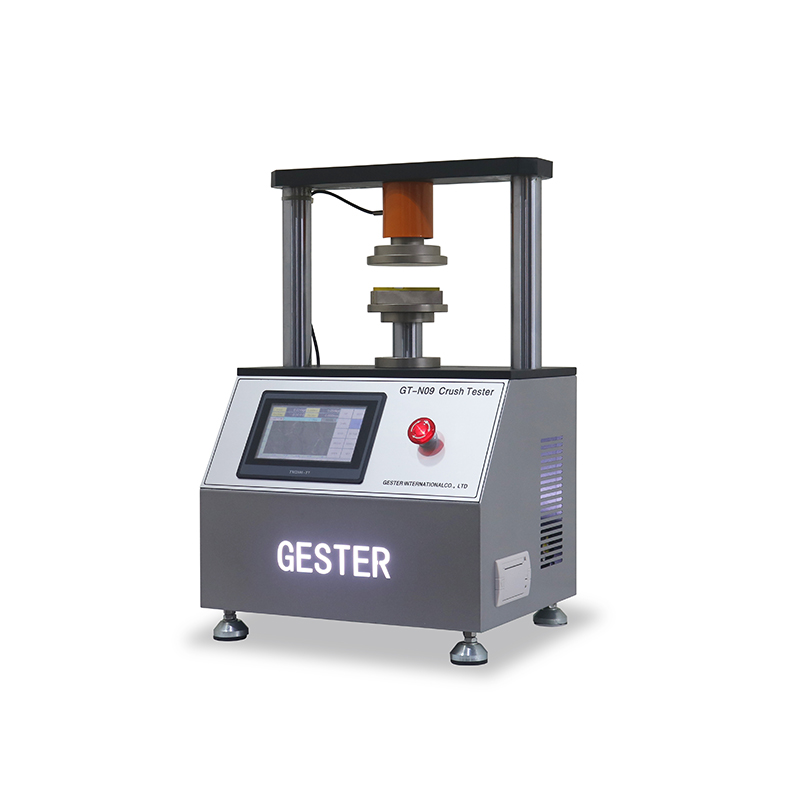
 |
 |
 |
Edge Crush Test (ECT):
The Edge Crush Test, on the other hand, takes a distinct approach by focusing on the material strength of the corrugated cardboard itself. A small segment of the corrugated material is employed for testing purposes. The material is positioned vertically, and pressure is applied to the edge until deformation occurs. This test gauges the material's resistance to top-to-bottom loads and provides a fundamental understanding of its vertical compression strength. The edge crush strength, measured in pounds per inch (lb/in) or kilonewtons per meter (kN/m), offers valuable insights into material performance and assists in designing robust packaging materials.

Distinguishing Factors: